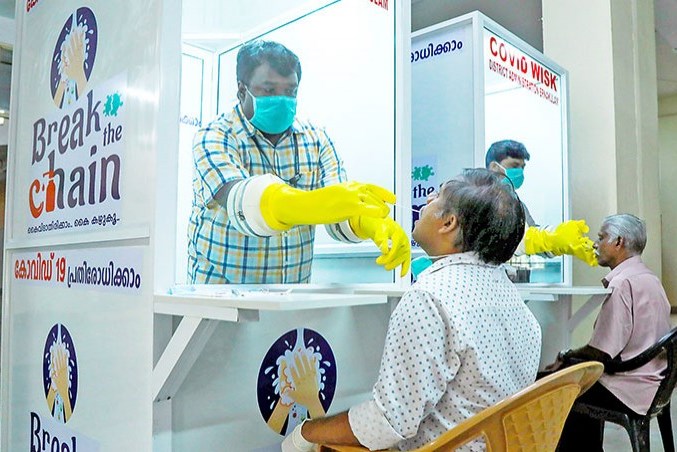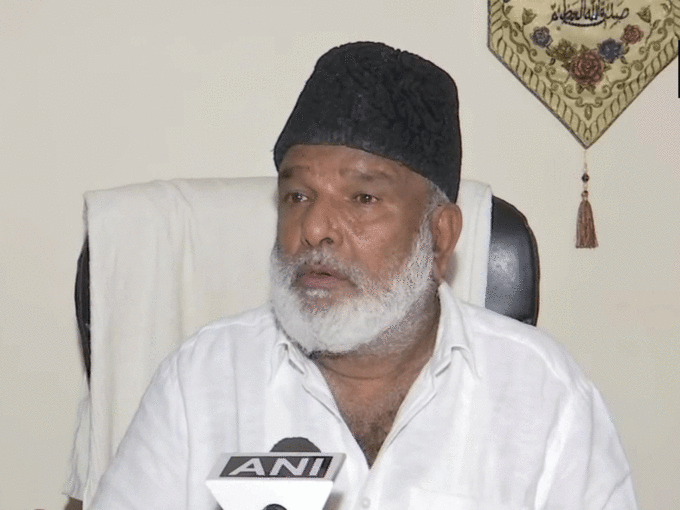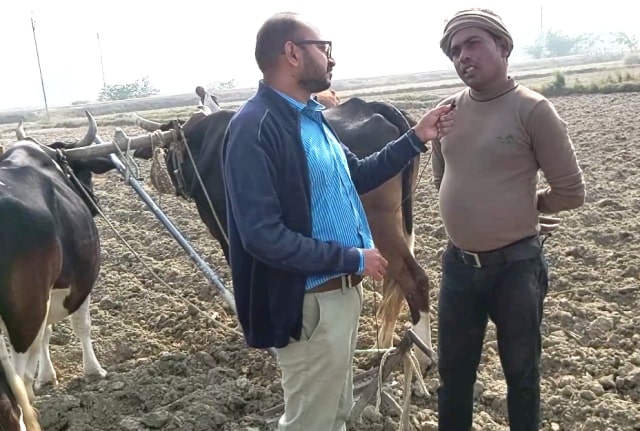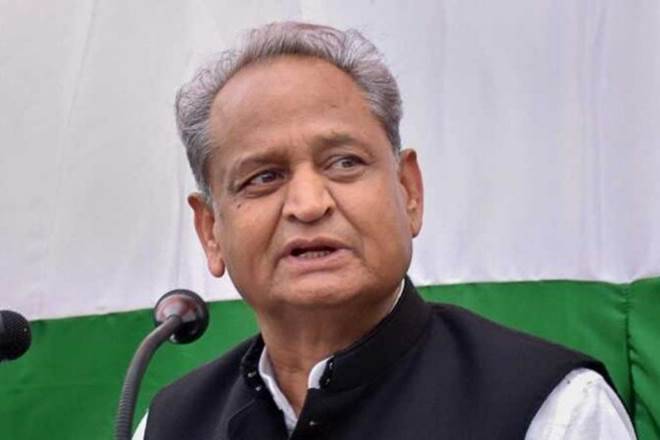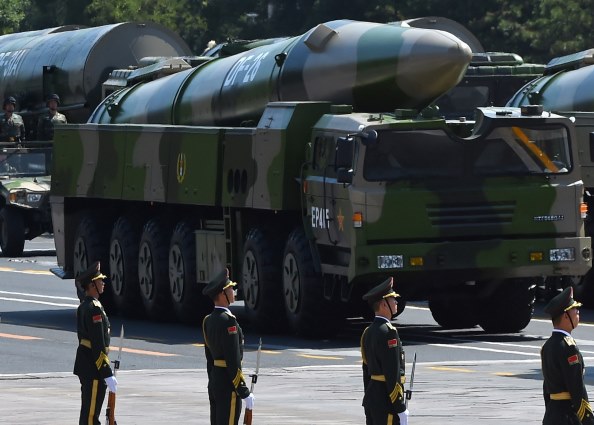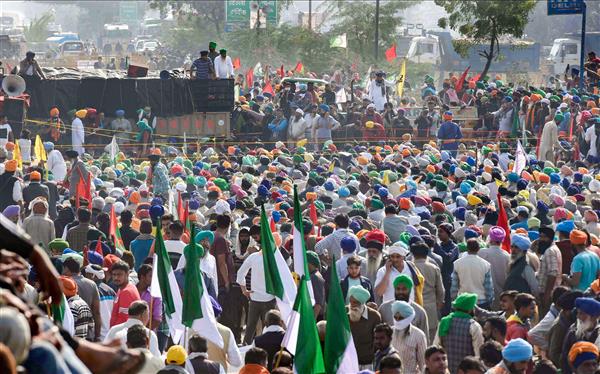China continues to make Tibet and the Indian border one of its priorities for military and infrastructure development. Nearly six months since the bloody fracas in the Galwan Valley, and the People’s Liberation Army (PLA) gives no indication it wishes to return to the status quo.
Even with Eastern Ladakh now truly seized by winter, the Sino-Indian standoff there continues. Despite eight rounds of military talks, there has been no breakthrough, no concessions by China, as thousands of soldiers on both sides hunker down.
Yet China has been far from passive. New construction and deployments are occurring, and the country is co-opting various “civilian” means of exerting pressure on India along the border.
The Belfer Center for Scientific and International Affairs at Harvard Kennedy School in the USA estimated about 200,000 to 230,000 PLA troops were in the Western Theater Command before June’s Eastern Ladakh tensions erupted. Frank O’Donnell and Alexander Bollfrass authored a report pointing out that China’s apparent numerical near-equivalence with Indian ground forces along the border was actually misleading.
They wrote: “Even in a war with India, a significant proportion of these forces will be unavailable, reserved either for Russian taskings or for countering insurrection in Xinjiang and Tibet. The majority of forces are located farther from the Indian border, posing a striking contrast with the majority of forward-deployed Indian forces with a single China defense mission.”
The Belfer Center members estimate there are approximately 40,000 PLA troops in Tibet itself. “This means that China is regularly operating with a permanent Indian conventional force advantage along its border areas. In the event of a major standoff or conflict with India, it would have to rely upon mobilization, primarily from Xinjiang and secondarily from the Western Theater Command forces deeper in China’s interior.”
The report claims there are 157 Chinese fighters plus 52 drones (such as the Wing Loong 1 and EA-03) in the Western Theater Command. Yet some of these assets are reserved for the Russian front.
Furthermore, “The high altitude of Chinese air bases in Tibet and Xinjiang, plus the generally difficult geographic and weather conditions of the region, means that Chinese fighters are limited to carrying around half their design payload and fuel. In-flight refueling would be required for PLAAF [PLA Air Force] forces to maximize their strike capacity.” The PLAAF has so few aerial refuellers in service (although it is currently developing a Y-20-based variant), so this remains a hard ask.
Furthermore, PLAAF bases nearest Tibet are at risk of attack by India. Incapacitation of these bases (e.g. Hotan, Lhasa/Gonggar) would force China to rely on rear-area bases. O’Donnell and Bollfrass explained, “In sum, India has a stronger regional air position, with a large number of airfields in the east and west, so even if some airfields are down, operations can continue from other locations.”
Given this is the case, we can expect to see more air base hardening by the PLAAF in Tibet, much as it has been doing in eastern bases facing Taiwan and US bases in Asia.
The authors continued: “To address its force shortfalls in the event of war, China could surge air and ground forces from its interior toward the border. However, what our analysis suggests is that the IAF’s superiority would mean that critical logistical routes – such as air bases and military road and rail links – could be cut by bombing or standoff missile strikes, limiting the extent to which China’s position could be reinforced. Such a Chinese surge would also attract attention from the United States, which would alert India and enable it to counter-mobilize its own additional forces from its interior.”
They concluded, “China could permanently station forces similar to or larger than India’s nearer to the border. An Indian counter-build-up would surely follow. In total, India is in a stronger conventional position vis-a-vis China than much of the analysis on this topic concludes.”
However, these comments refer to all-out war, and such a scenario is less likely than the kind of tensions that have occurred at Galwan or Lake Pangong. In the latter cases, the PLA needs suitable military bases, infrastructure and logistics routes in and out of Tibet. Therefore, what we are seeing there accords well with such ambitions.
For instance, one interesting deployment is an HQ-16 medium-range surface-to-air missile unit located near Dagze, just east of Lhasa at coordinates 29deg40’30.67″ N 91deg19’06.58″ E. At the moment, it is unclear if this is the 85th Air Defense Brigade of the Western Theater Command moving location, or whether it has spread itself across two sites.
Satellite imagery also reveals the PLA has been modernizing barracks for border defense regiments too. An example is a compound southeast of Ngari (32deg28’51.97″ N 80deg07’28.41″ E), while another modernised base is located at 32deg25’11.68″ N 80deg00’52.15″ E, about 12 km southwest of Ngari. Both are assumed to belong to the 362nd Border Defense Regiment.
However, the grandest new facility is in Zanda County, with images showing three-storey blocks and numerous barracks buildings. These presumably belong to the PLA’s 361st Border Defense Regiment. Such facilities can accommodate more troops and do so more comfortably in the harsh environment.
There are also newly built platforms visible in satellite imagery for use by electronic warfare units across Tibet.
Doklam, the site of a 2017 confrontation between Indian and Chinese soldiers, has not been neglected either. The PLA has constructed what are thought to be hardened ammunition bunkers just 7 km from the site of the previous confrontation. Situated at 27deg20’3.32″ N 88deg58’12.00″ E, the facility was constructed in 2020. China has also sealed the road on the Doklam Plateau to improve access for the military.
There has been a constant drumbeat of new equipment reaching PLA units in Tibet. One of the more prominent is the PLC-181 155mm truck-mounted howitzer, whose size and weight allow it to move rapidly across Tibetan roads. Tibet also hosts the relatively new ZTQ-15 light tank armed with a 105mm gun. Mengshi 4×4 and 6×6 protected tactical vehicles continue to roll out too, including to border defense troops.
The PLA is also using automatic sensors to monitor different border locations. For instance, Chinese media reported the use of such systems to monitor passes 24 hours a day at altitudes of 4,500m. Furthermore, the PLA is using drones to monitor territory beyond the reach of such land-based sensors.
New personal equipment such as cold-weather clothing that utilizes graphene has been issued, as have portable oxygenators (necessary at such elevations where there is 40 per cent less oxygen in the air) and multifunction dining vehicles to feed soldiers in warmth. Chinese media said such “equipment is giving PLA soldiers an edge in their defense of the border”.
Consistent with the PLA’s military-civilian emphasis, the Tibet Military District is now using militia units too. In mid-June, for example, the PLA held a ceremony at the Militia Training Base in Lhasa for five new units. Chinese media reported: “The Tibetan military and local authorities, in line with the needs of border defense on the plateau, have utilized local resources to find professional backbones in emerging fields, set up new-type militia units and conducted intensive training since the beginning of this year.”
These militia units offer specialities such as aerial patrol (Snow Hawk Air Patrol Team); communications (Snow Pigeon Communication Team); mountaineering/exploration (Snow Wolf Mountaineering Expedition); mining/rescue (Snow Fox Alpine Quick-Response Team) and unarmed combat/wrestling (Snow Mastiff Fighting Team).
Additionally, China is employing a holistic approach that goes far beyond just military prowess to mould the border to its liking. New model settlements have been swiftly built at Gangqiao, Cona Lepo, Zhumuxiang and Yatung close to the tri-junction border with Bhutan and India, east of Bum La Pass. Within 1 km of each other, these settlements are connected by sealed roads and enjoy water, electricity and internet access. Clearly, they have been designed to attract new residents.
Indeed, the Chinese tabloid Global Times reported earlier this year, “For residents who set up a home close to the borderline, herding is patrolling and living is guarding the frontier.” The border county of Cona has already announced plans to relocate some 3,200 people to the border area.
By creating new villages and settling Han Chinese in them, Beijing ups the ante and sets the scene for more intense salami slicing of the neighbouring territory. Just as it did in the Spratly Islands in the South China Sea, China hopes to create a fait accompli by establishing a footprint in new areas. Once settled on the ground, it will be well-nigh impossible to remove these inhabitants. Thus, herders and grazers may well be the tip of China’s spear, rather than soldiers.
What all this shows is that Beijing has no intention whatsoever to rest on its laurels. It is greedily eyeing new territory along its mountainous frontier to strengthen its tactical, and even its strategic, posture. Whether covert salami slicing or more robust actions, Beijing is willing to take action.
China has also established a new village called Pangda some 2.5 km inside Bhutan’s border, as well as a 9 km road that could represent a Chinese plan to access the Zompelri ridgeline from the east. This was China’s original intention when it began its Doklam incursion in 2017, as occupying sites on the ridge would permit the PLA to clearly see the “Chicken’s Neck”, a narrow strip of land that connects India’s northeast states.
China has made no progress in redefining the border with Bhutan through negotiation, especially the tri-junction at Doklam. Beijing seems no longer content to wait it out. Instead, it is being more aggressive in its dealings with Bhutan, unprecedentedly claiming a huge chunk of eastern Bhutan, for example, and encroaching on Bhutanese territory. The Doklam border demarcation remains a flashpoint, especially as China heaps pressure on Thimpu, despite Indian support.
Road and rail infrastructure linking Tibet to the rest of China is also part of the regime’s plan to fortify Tibet. There has been a key railway line operating between Xining in Qinghai and Lhasa since 2006. But now China is to begin construction of a 1,011 km railway between Ya’an City in Sichuan and Nyingchi in Tibet. Building this section will be technically challenging, and it will not be finished till 2030. A 140 km Chengdu-Ya’an section of this line has been operational since December 2018, and the 435 km Lhasa-Nyinchi section is almost ready.
Chairman Xi Jinping described the new railway as “a major step in safeguarding national unity and a significant move in promoting the economic and social development of the western region”. Of course, railways have military and strategic value, for supplies and equipment can be dispatched to Tibet in case of tension or conflict. Indeed, the Nyingchi terminus is less than 10 km from the Line of Actual Control, and it already garrisons the PLA’s 52nd and 53rd Mountain Infantry Brigades.
A completed 409 km highway between Lhasa and Nyingchi has already cut travel time from eight hours to five. The new train line will reduce this further to three hours. China is also expanding its railroad network to other Tibetan border towns. One connection will go south to Yadong close to Bhutan, while China and Nepal have agreed to extend a line to Gyirong and then all the way to Kathmandu.
China is also building the 1,900 km-long G-6 expressway from Xining in Qinghai to Lhasa. This will complete a 3,710 km highway that extends all the way from Beijing. Such roads are essential to rapidly resupply PLA units in Tibet, and a convoy could cover that distance in less than four days. Now under construction, this road maybe six lanes wide.
Chinese and Indian troops may not be currently engaging each other directly, but there is no doubt that China is pushing forward new military and civilian infrastructure that will benefit it in future border tensions. China’s actions demonstrate that the Eastern Ladakh tensions are not isolated, but will become a common pattern of Chinese behaviour. (ANI)

